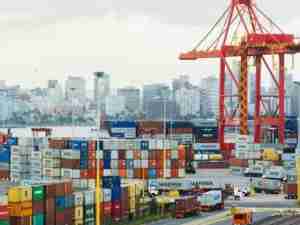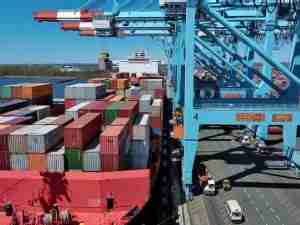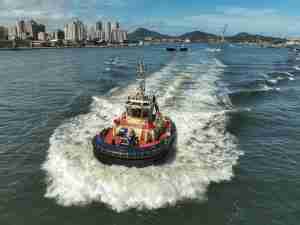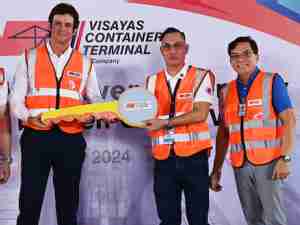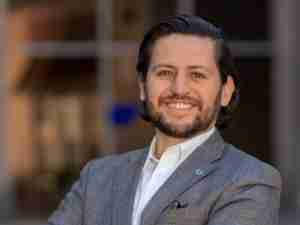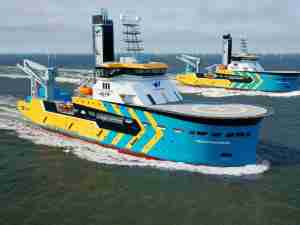On June 26, 2016, the Expanded Canal welcomed its first transit, marking the culmination of the largest enhancement project since the waterway’s opening in 1914. Based off a decade’s worth of planning, the Expansion stood as a tremendous feat of engineering. It also represented the Canal’s commitment to a new era of global shipping. Three years and over 6,000 Neopanamax transits later, we celebrate the Expanded Canal’s achievements today as it continues to exceed expectations for the maritime industry.
Our team’s increased experience with the Neopanamax Locks and continued investment into its operations have allowed the waterway to provide additional capacity and efficiency for shippers. This has enabled the team to continue reaching remarkable milestones over the past year across new and existing segments, such as transits by the first Q-Flex LNG tanker and the largest containership to-date, both just last month.
The Expanded Canal has also reaffirmed the waterway’s role as the Green Route of world maritime trade by offering greater cargo carrying capacity and requiring less cargo movements. As a result of shipping lines rerouting their services to take advantage of these economies of scale, the Neopanamax Locks have now led to the reduction of more than 55 million tons of CO2 since their inauguration. In combination with the Panamax Locks during the same period, the waterway has reduced more than 75 million tons of CO2, which is equivalent to the impact of more than 26 million acres of forests in the same timeframe.
As was said three years ago, the Expanded Canal’s success is the result of the Canal team’s hard work, innovation and commitment. It is evidence of what Panama can do and we look forward to continuing to strengthen our role in the future of shipping worldwide.
